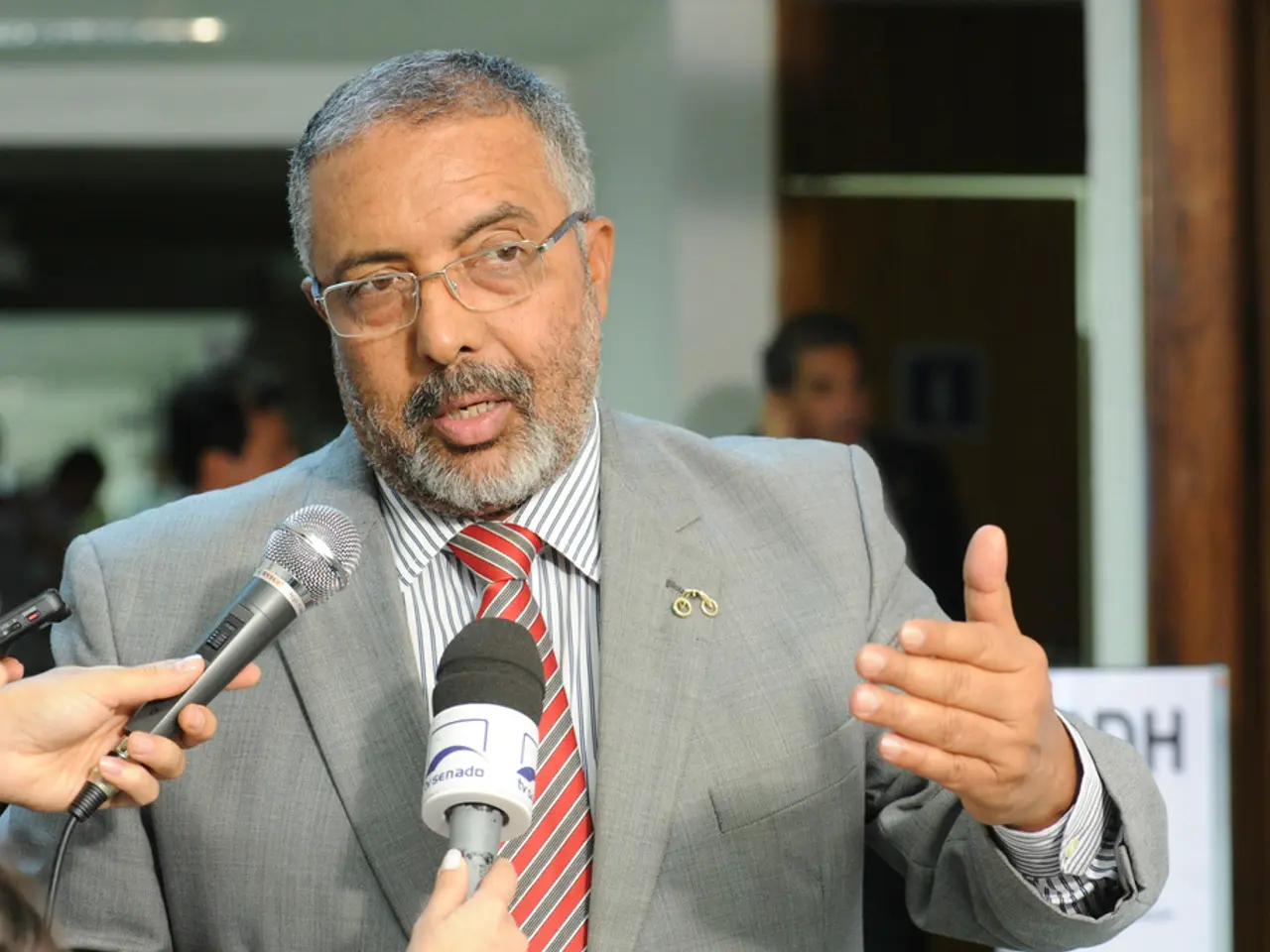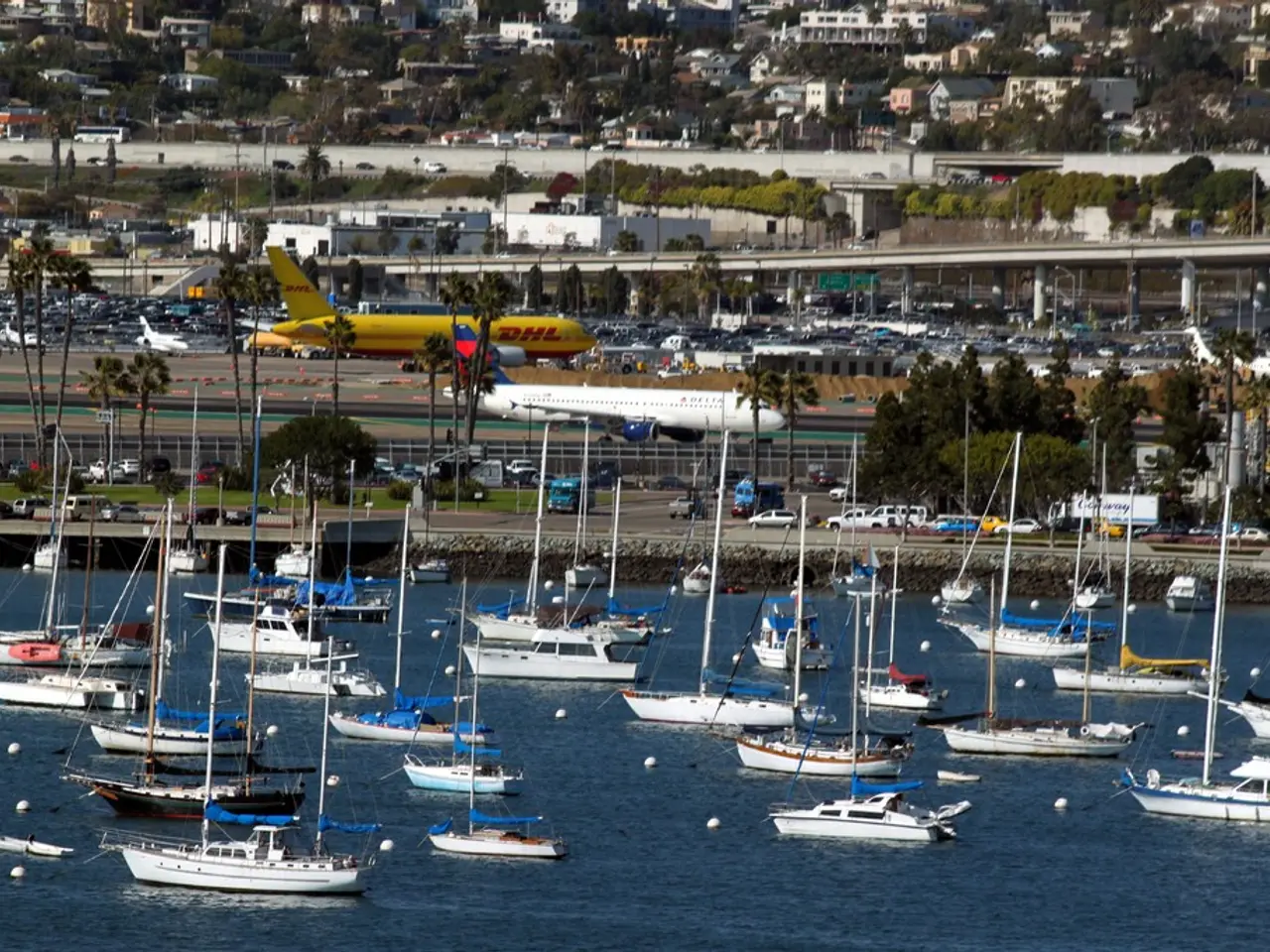Syria faces the specter of an unofficial entity's influence?
In a surprising turn of events, the Syrian civil war, which had raged for thirteen years, has come to an abrupt end in the past few days. The majority of government-held land has been taken over by various rebel groups in a matter of just a fortnight.
The rapid territorial takeover was driven by a major coordinated offensive launched by a coalition led primarily by Hayat Tahrir al-Sham (HTS) and supported by other opposition factions, including the Syrian National Army (SNA), Syrian Free Army, and Syrian Democratic Forces (SDF).
This coalition succeeded in capturing key cities such as Aleppo, Hama, Daraa, Suwayda, Palmyra, and Deir ez-Zor between late 2024 and early 2025, culminating in the fall of Assad’s main strongholds including Homs and Damascus by December 2024, prompting Assad’s flight to Moscow.
Key factors explaining this rapid advance include a coordinated offensive strategy, fragmentation and weakening of Assad’s regime, the formation of a transitional government, external influences, and sectarian and local tensions.
The coordinated offensive strategy saw HTS launch a major offensive on 27 November 2024, rapidly taking Aleppo in three days and setting a momentum for rapid territorial gains nationwide with simultaneous offensives in the south and east carried out by allied rebel groups.
After more than a decade of civil war, Assadist forces were weakened, facing internal rebellions and external pressures, leaving multiple regions semi-autonomous and fragmented, which the rebels exploited to consolidate control quickly once their offensive began.
Following the regime collapse, opposition factions formed a Syrian transitional government by March 2025, led by Ahmed al-Sharaa (a former HTS leader). This new government attempted to integrate various armed militias and revolutionary factions under centralized authority, consolidating power after military gains.
External influences played a significant role, with Israel launching military incursions to secure its interests amid the power vacuum during and after Assad’s fall, complicating the conflict and influencing territorial control dynamics in southern Syria.
Sectarian clashes intensified between revolutionary Sunni groups and minority communities such as Alawites and Druze, which fragmented Assadist loyalty and regional stability, further undermining regime hold on some areas.
The end of the Syrian civil war is surprising to international media and analysts due to the suddenness of the conflict's resolution. The diversity of the rebels may pose challenges in coexistence now that the common goal (overthrowing al-Assad) has disappeared. Political instability in Syria could potentially work against religious freedom.
However, it's important to note that the al-Assad regime, both father and son, did not commit human rights violations based on religious freedom. The Orthodox Church of Antioch, one of the oldest Christian denominations in the Middle East, is a part of Syria's long historical tradition.
In the north of Syria, territories are entirely controlled by Ankara-backed rebel groups, and Turkish President Recep Tayyip Erdogan is expected to reclaim control. The US has around 900 military personnel in Syria to ensure stability in the east, where jihadist hotspots exist.
Israel could strengthen its control in southern Syria, given the current situation. The Israeli army is conducting operations in the Quneitra region and has asked civilians to stay at home. A ceasefire was more beneficial for Russia and Turkey, which have supported rebel groups in Syria for years.
The rapid advance of the rebels and the end of the Syrian civil war mark a significant turning point in the region's history. As the dust settles, the challenges of rebuilding and maintaining peace will be immense, but the potential for a new beginning is also palpable.
- The rapid advance and end of the Syrian civil war, marked by a coordinated offensive led by various rebel groups including Hayat Tahrir al-Sham (HTS) and the Syrian National Army (SNA), among others, has not only been a significant event in the realm of war-and-conflicts but also a consequence of complicated politics and general news developments in the region.
- The formation of a Syrian transitional government, led by Ahmed al-Sharaa (a former HTS leader), after the regime collapse, presents an opportunity for addressing political instability, which could work against religious freedom, as well as ensuring peaceful coexistence among the diverse rebel factions, a critical aspect of politics moving forward.







